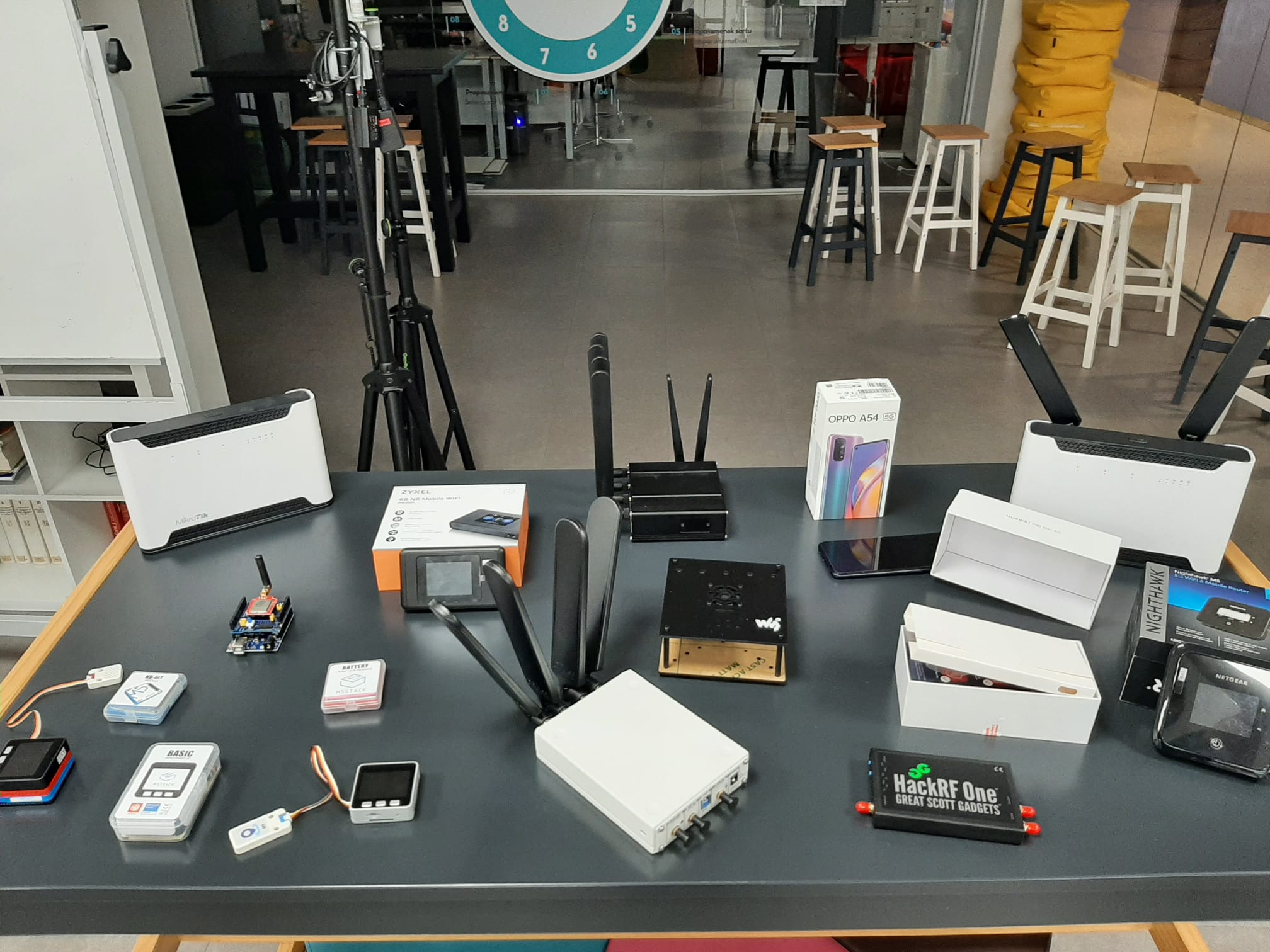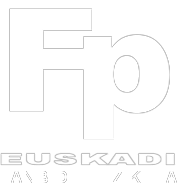Tknika provides a 5G training course for teachers in Basque Vocational Training.
This post is also available in the following languages: Euskara, Español
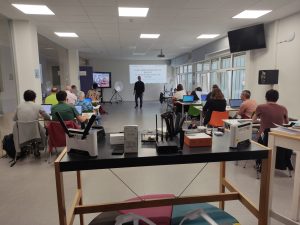
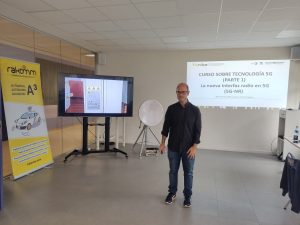
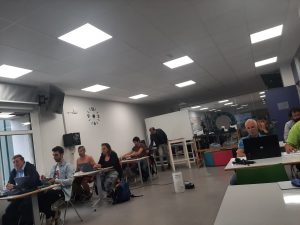
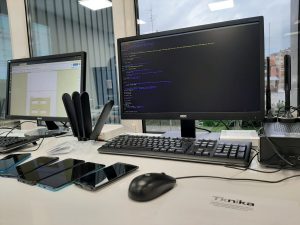
In previous mobile technologies the main service has always been “VOICE”, although other services are available. With the change of technology new features were added: text messages in 2G, video calls in 3G, data connectivity and voice based entirely on IP in 4G.
5G brings more substantial changes from being able to provide high-speed mobile broadband to ultra-reliable low-latency communications.
In order to deepen this change, Tknika has taught a course on 5G at the LHII Tartanga Center oriented to the teaching staff of the Basque VT, with professors Vicente Llarena and Mikel Juanes.
After the activation in Tknika of the 5G task force in the area “Communications and cloud computing” the course 2020/2021 and the implementation of the first 5G laboratory for the professional training of Euskadi throughout the latter, the area has completed its work for this academic course with the provision of a course to faculty members of the electricity and electronics family introducing the “New radio interface 5G”.
In particular, this training has been aimed at basque vocational training teachers interested in expanding knowledge about next-generation cellular networks.
Throughout the 3 days that the course has lasted, it has been possible to deepen the architecture that presents the new technology, the most striking technical aspects of the physical layer that make it possible to fulfill the 5 G’s “promises” and to be able to respond to all the needs posed by the different areas of its application.
Aspects such as “Dinamic Spectrum Sharing”, “Dual Connectivity”, “Carrier Aggregation”, Architecture 5G NSA, 5G-SA, MIMO, Beamforming, Virtualization, Centralised Architecture Open RAN, OFDMA access technology, New frequency bands and more bandwidth options among others, have been tried to understand and clarify 3 days.
The course has concurrent an intense theoretical part given by Vicente Llarena, professor of the CIFP of Somorrostro and an agile practical part led by Professor Mikel Juanes of the CIFP of Tartanga in which it has been possible to use user equipment configured in 4G, 5G-NSA and 5G-SA mode connected to both public networks Dafone and Orange.
As a result, the training course offered by Tknika has enabled participants to deepen their knowledge of 5G networks, and achieve the following objectives:
• Knowing how a cellular network, shape and size of cells, sectorization, identification and grouping of cells is.
• Understand the evolution of mobile networks to 5g and their standardization process.
• Obtaining theoretical knowledge of the elements that make up a 4G and a 5G network, including hardware and software elements, as well as network architecture and its different modes of operation,
• Know the options available on the market to prepare a 5G experimental laboratory
• Become familiar with 5G laboratory equipment and gain practical experience in configuring them.


